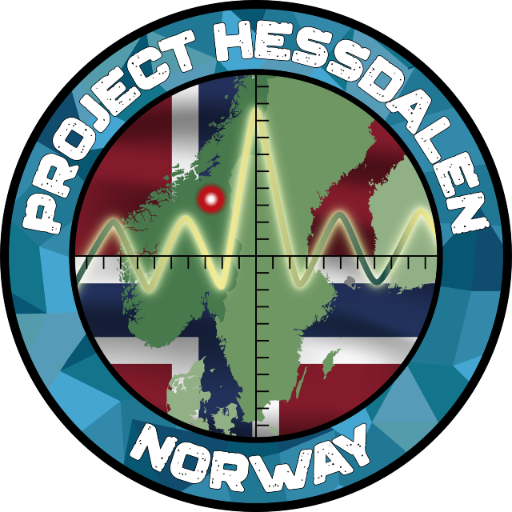Join us in making a difference! We have a variety of projects in progress that need your skills and enthusiasm. Whether you're interested in research, technical tasks, or community engagement, your contributions can help us advance our goals.
Projects You Can Join
We are currently developing several key research, engineering, and community projects, and we welcome volunteers, students, and collaborators from all backgrounds. By joining a project, you’ll work with people from around the globe, strengthen your skills, and contribute to one of the world’s most unique scientific efforts.
Many projects need technical expertise, others need organization, creativity, or communication. If you’re curious and motivated, we will find the right task for you.
To get involved, contact fred@hessdalen.org or +47 940 86 203.
- We would like someone to create a page with links to information about weather, solar storms etc.
- We would like someone to put all the observations pages from the old hessdalen site into an updated Google Document - and do some gemini magic to extract some information (colors and shapes observed, etc.)
- We would like someone to evaluate and suggest improvements to our Discord channel.
- We would like someone to suggest design elements to use on the web and for printed material.
- We would like someone to create TikToc / YouTube short videos ;-)
We have the content you need! - We need someone to help us apply for funding and get donors!
- We need help to get more members (to pay our internet bills)
- We need more people with technical knowledge to build the new Blue Box Mini
If you have an idea we haven’t listed yet, we’d love to hear it. There is so much that can be done, and some of our best projects start with a simple suggestion from someone who sees a possibility. If you believe your idea could help, bring it forward — and let’s make it happen together.





